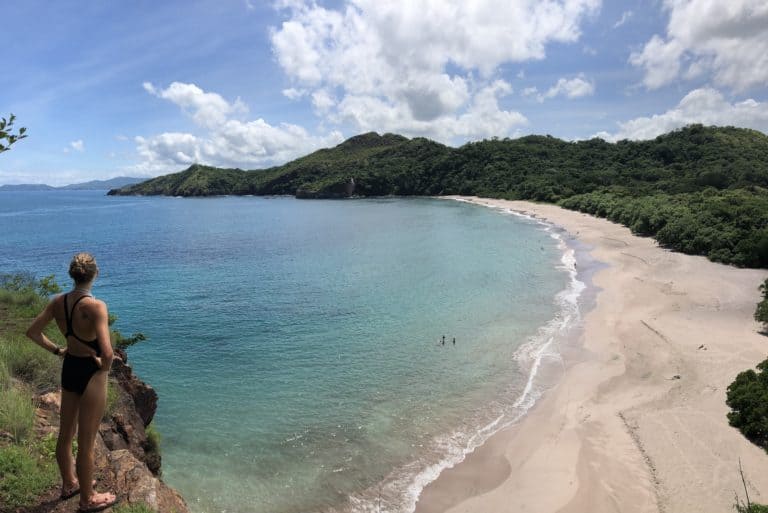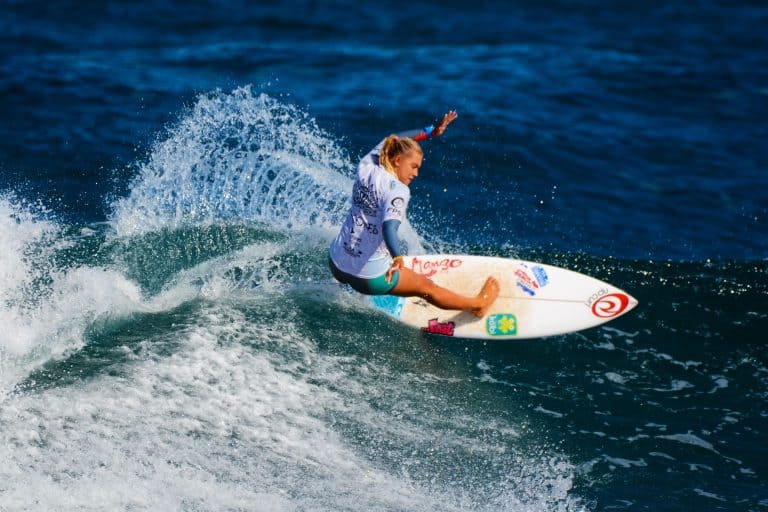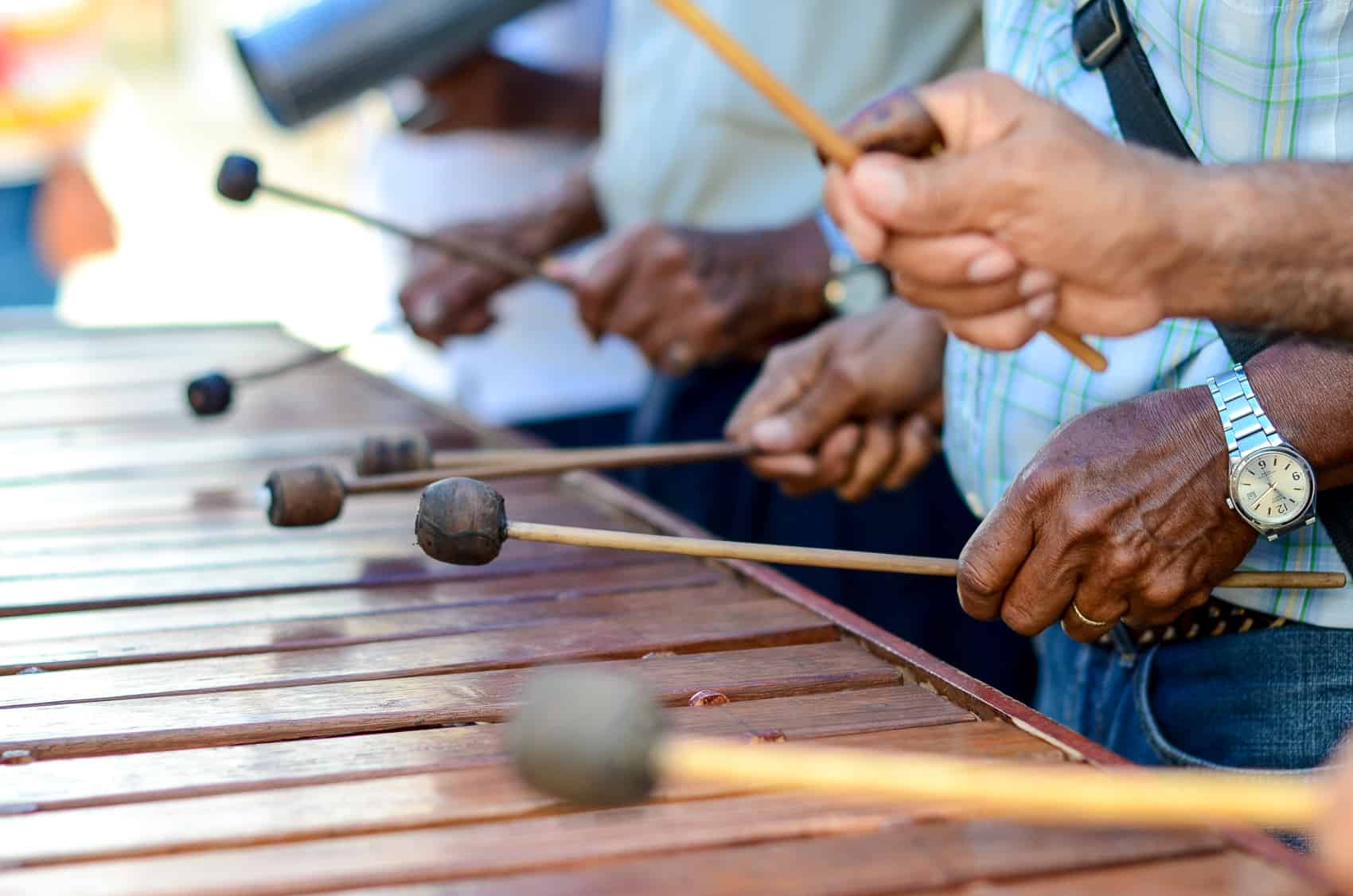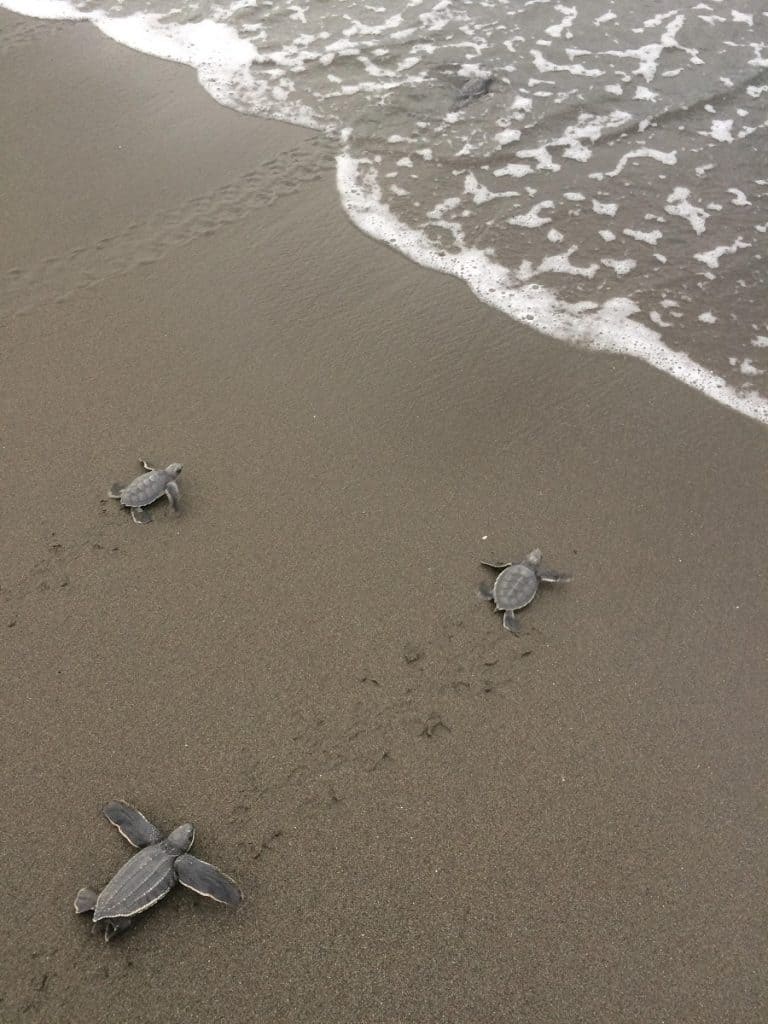THE rapidly developing area of Guanacaste appears to have a thriving market surrounding home and commercial construction.
The area is home to dozens of companies specializing in building supplies, contracting and other construction-related activities.
One of those companies is the one-stop-shopping construction company Flordel Pacífico (653-0098, www.flordelpacifico.com), managed for the past 12 years by Jeff Hutton.
Hutton’s company is almost entirely self-contained, he said, with its own architect and a carpentry team capable of constructing high-quality doors, windows, cabinets and countertops.
“We’re able to take a client and work with them and customize for their individual needs,” he said.
Hutton said he has a strong background in advanced landscape design, and never works on a project without taking that knowledge into careful consideration.
CUSTOMIZING for the client is also a specialty of José Mora (844-5913), a Guanacaste architect who has designed 22 luxury homes in the area, as well as several five- to seven-story buildings.
He uses a program called 3-D Studio Max to give clients an idea of what their homes will actually look like when constructed, since plans and other renderings can sometimes be a bit difficult for clients to understand, he said. Mora said he can use the program to give clients a 3-D animated tour of their home or building before the design process is complete.
He has teamed up with a local engineer – Daniel Coen – on virtually every one of his projects in the area. Mora said working consistently with Coen, who oversees the construction process, has allowed for increased project security.
Mora charges 8-10% of the total cost of the project, which he said is a fairly standard price for most architects in Costa Rica.
TOTAL construction prices vary widely, said local contractors, depending mostly on the details.
“You’re money isn’t in doing the gray structure – your money is in how you finish it,” said Norman Dubé of Durocret (845-7873), a concrete-mixing company that also builds small homes for resale.
Hutton agreed with that assertion. He said finishing materials that have to be imported, such as tumbled stone tile, can have a dramatic impact on the price.
Hutton also said things such as the electronic equipment in structures can drastically affect the total cost of the project. In the case of a home, he said, stoves can cost anywhere from $2,000 to $15,000.
He added that he has most of the supplies he uses trucked in from San José.
However, the Guanacaste area is also home to the recently built and still-expanding Papagayo Do It Center (667-0667).
The store consists of a 6,000-square-meter lumber yard and a 6,000-squaremeter warehouse stocked with paint, hardware, electrical materials, plumbing, lighting, housewares, lawn and garden materials, kitchen materials, bathroom supplies, ceramics and furniture.
The only products the store lacks right now, according to store managers, are windows and major electrical appliances such as refrigerators, ovens and washers and dryers. But, they say, the company is currently negotiating contracts that will enable them to offer these supplies.
OPTIONS are also available for clients interested in smaller projects.
For a specialized touch, the area company Stuccoman (653-0647), owned by Phil Baker, specializes in covering houses with colonial-style stucco (for about $7 per square meter), but also builds small pools, bungalows, and does concrete work. He says he’s been working in the area for about three years now, and builds his company “by standing by our work and the product.”





